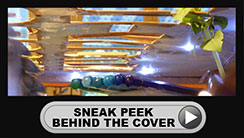Below you will find a selection of the most recent entries from bloggers in our Family/Health section. To view the entries from individual bloggers, click on the links below:
- Mirsada Hoffmann Thriving Global Family: Supports parents raising children across cultures—helping families build emotional resilience, strengthen connection, and find steadiness in the face of change.
- Lee Eldrige The Athlete Tribe
- Dr. Michelle Wright Dr Michelle Wright is a British-trained General Practitioner and Director of HealthFirst, providing physical First Aid training and Mental Health First Aid training, as well as Health Education, throughout Switzerland (www.healthfirst.ch). She also has a regular radio show about health on World Radio Switzerland. Believing that prevention is better than cure and that we should be treating the root cause of illness, Dr Michelle is also a Lifestyle Medicine enthusiast.
- Birgit Suess is a Swiss-American who grew up between the US and Switzerland and speaks English, German and Swiss-German. Because of a worldwide shortage of Speech Therapists, she uses technology to connect special needs students around the world with English speaking Speech Therapists. With almost 20 years of experience as a Speech Therapist and 10 years experience with Teletherapy, she is a pioneer in the Teletherapy world. Her personal specialty is working on social language with high functioning children on the Autism Spectrum. Her passion is finding new and innovative ways to help children with special needs.
- Dr. Irina Schurov is a Nutritional Neuroscientist with a PhD from Cambridge University (UK) and over 20 years’ experience in science and health-providing services. She created and founded LiveRight, an initiative to help others through nutrition and wellbeing strategies. By building an educational platform around healthy eating habits, by restoring the relationships between people and food, by supporting your individual circumstances and through personalized coaching in nutrition, she wants to help you and your family achieve the optimal balance between help and life.
- Dr. Penny Fraser is a British-trained Emergency Medicine doctor, who lives in Geneva. She is also the mother of two busy little skiers aged 7 and 8. Along with Dr Michelle Wright and her other colleagues at HealthFirst, she has a passion for delivering health education and First Aid training to the English-speaking community in Switzerland
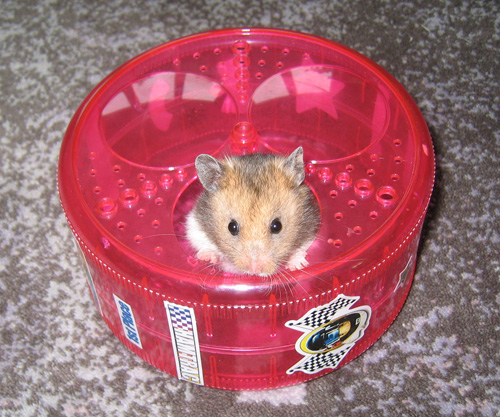
by Johdi Woodford, Little Bird Pilates
“Sitting is more dangerous than smoking, kills more people than HIV, and is more treacherous than parachuting, we are sitting ourselves to death” says Dr James Levine, the Director of the Mayo Clinic at the Arizona State University Obesity Solutions Initiative.
Scary isn’t it? So what should we do about it? Simple, you say, make everybody move to a standing desk, or worse, a treadmill desk, ugh! Can you imagine, talk about being a human hamster, or literally being in the Rat Race? But apparently, researchers have found that sitting down for more than 6 hours per day will greatly increase your risk of an early death. So seriously, what are we going to do about it? Well, now that we’ve all been made increasingly aware of the impending doom by a recent spate of scare-mongering headlines, we’re all going to make sure that we get up regularly from our chair to move around more (read more trips to the water fountain, not more runs to the vending machine!) And that’s it, simple as that, the end to our problems? No, not really. Because, as we get up from our chair, 90% (and that’s a conservative estimate) of us will take our smart phone along and use the time to send a message or two, or check our news feeds, right? And then we’re at risk from the dreaded ‘Text Neck’. Yes, it’s a real thing, according to doctors. It’s caused the constant, downward-looking gaze that puts an enormous strain on your neck muscles. When you’re standing straight, your head weighs about 10-12 pounds. But, as the head comes forward further and further, so the weight of it increases exponentially: at 15 degrees forward, the head weighs 27 pounds, at 45 degrees forward, the head weighs 60 pounds. All this increases the load on muscles that are simply not built for it and can lead to a great deal of damage over time.
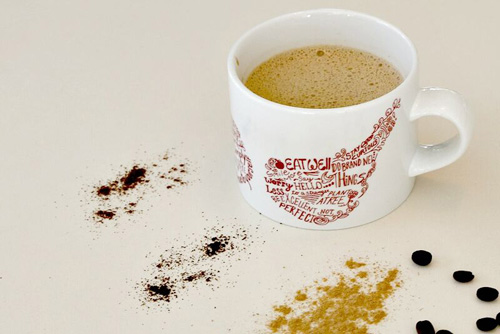
By Hiba Giacoletto, Healthwise
If you are looking for a latte that is free of dairy, soy and refined sugar, you can make it yourself in just a few minutes.
Almond Spice Latte uses a lazy version of almond milk made by blending almond butter made only from ground almonds with water. To that I add some sweet spices and a little maple syrup to sweeten. You can also make a plainer version with just the almond butter, water and coffee or even replace the water for almond milk. The blending action helps create the froth that feels quite latte-like.
Simply combine all the ingredients below and blend, then serve immediately!
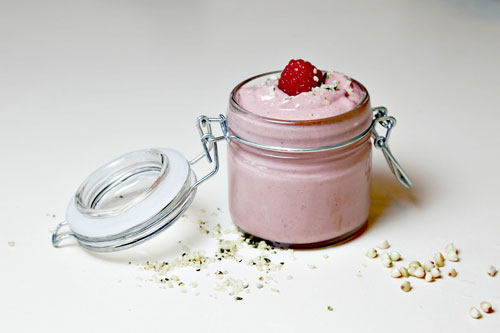
By Hiba Giacoletto, Healthwise
Something I hear often is how 'healthy' people think fruit yoghurt is. Sorry to burst your bubble but have you actually read the label on a fruit yoghurt? At best, it is loaded with sugar - at worst, lots of yucky stuff.
It is time for a really simple, delicious alternative that is free of sugar, dairy, soy and gluten!
This breakfast or snack is creamy thanks to the soaked, uncooked buckwheat and hemp seeds. It’s sweet thanks to the raspberries and dried figs. And it has that little bit of tartness thanks to the lemon.
Once you have soaked everything in the evening, it takes only 5 minutes to blend everything in the morning and can keep for up to two days in the fridge.
And because of the mix of healthy fats, protein and fiber, it is filling enough to be a meal in itself.
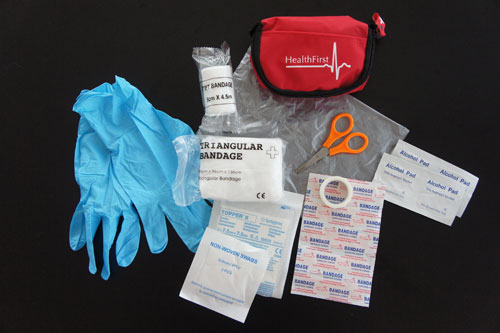
(c) copyright HealthFirst 2015
By Dr Penny Fraser, HealthFirst
Summer is here! The school bags will soon be slung into a cupboard and the suitcases brought out to pack for holidays and family visits. Whether you are travelling by car, train or plane, the one thing that should always be taken is your First Aid Kit.
How to make an arm sling
One of the essential items that you should find in your kit is an arm-sling, used for injured collarbones, shoulders, elbows, arms, wrists and hands. Do you know why you would use one of these?
Four reasons for putting an arm sling on an injured person:
- It's a pain-killer. Every time damaged skin, muscle, tendons, bones and joints are moved, they send strong pain messages along the nerves to the brain. Ouch! If these damaged tissues are kept still and supported in an arm sling then the person will be in less pain.
- It prevents secondary injury. If the damaged tissues are kept still in the sling, then this reduces the chance of bone fragments, torn veins and ligaments wobbling about and causing worse bleeding or swelling etc.
- It accelerates recovery. It is scientifically proven that if, after an injury, people have their pain controlled and psychological stress reduced, they heal quicker. Excellent First Aid includes reassuring the person with words, gestures and eye-contact whilst putting on an arm sling.
- It gives a clear signal to others. When another person sees the arm sling, they know that the wearer is injured and needs to be cared for. A paramedic, nurse or doctor will also be able to direct their questions and treatment quickly to the injured arm, indicated by the presence of the arm sling.
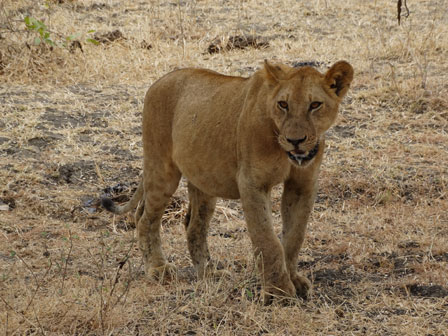
by Johdi Woodford, Little Bird Pilates
Picture this: it’s the evening on the African savannah, a large herd of antelope are grazing calmly. Nearby, a lioness is lying in wait in the long, yellow grass, alert to every movement, tail flicking intently. A young antelope wanders carelessly away for the rest of the herd, in search of greener pastures, and, like a bullet, the lioness leaps up, sprints the five hundred metres or so that separate her from the young buck. The agile lion springs on his back, sinks her canines deep into his jugular vein, and the rest you know from many a happy moment in front of David Attenbrough’s Wildlife on One, perhaps. You’ve seen it a million times, right? But what you never, never see, is the lioness on the sidelines quickly breaking into a few lunges, squats and quad stretches before she sets off for the kill. And what you most certainly never see is the unsuspecting prey giving it a hasty limbering up in case of a predator’s attack. So, if animals, and high-performing, athletic animals, (we’re not talking about the slow-moving koala, or the giant, three-toed sloth here), don’t stretch before they set off, should we, as another active and supposedly highly intelligent animal put so much stock in stretching?





